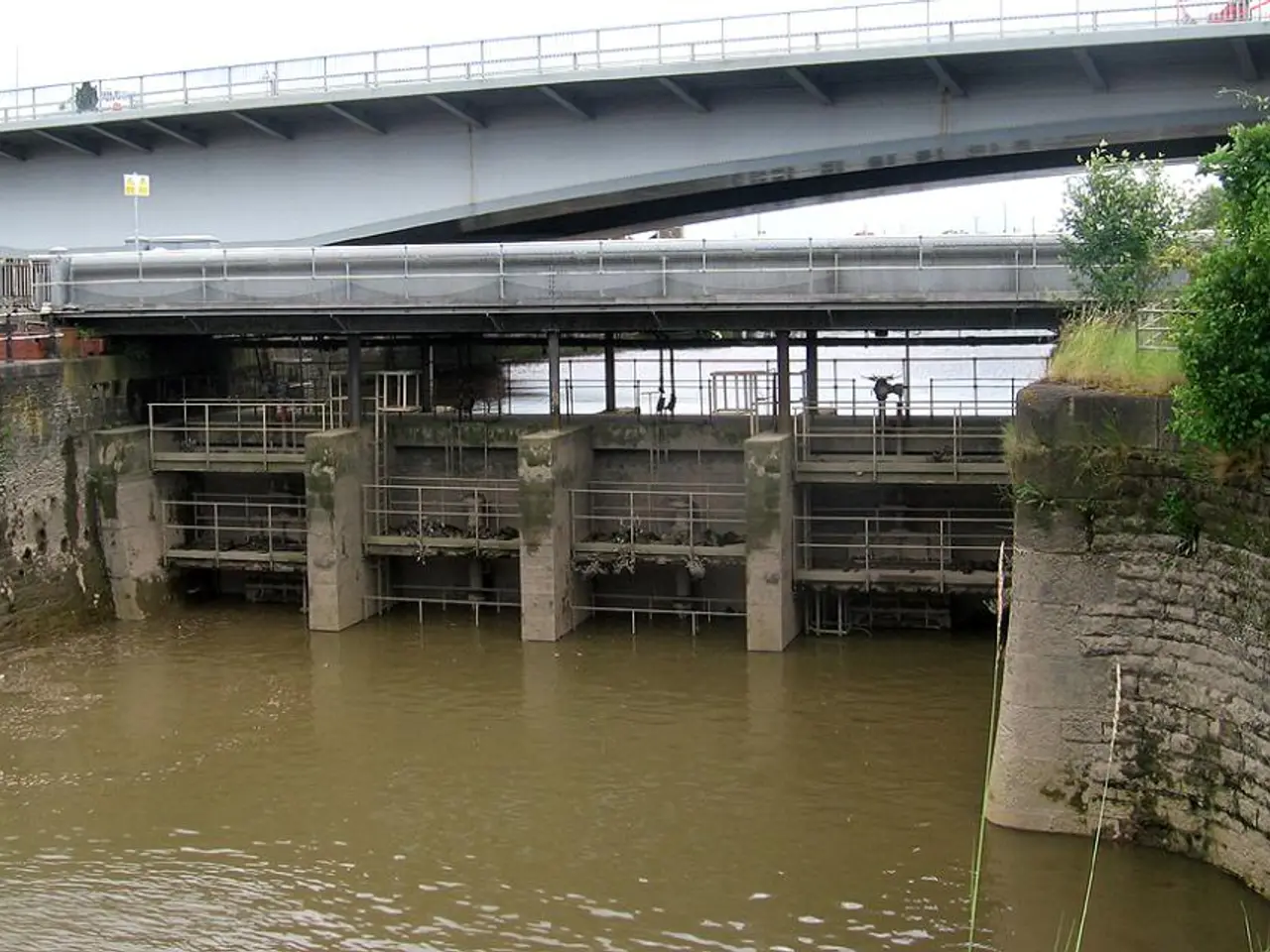Floodwaters are expected, so Sirikit Dam is releasing water from its reservoir
The Sirikit Dam, one of the largest reservoirs in northern Thailand and a major water supplier for the country, is increasing its water discharge due to the heavy rain and increased inflow expected from the prevailing southwest monsoon and strengthening monsoon trough affecting northern Thailand and neighboring countries.
The decision to proactively increase the discharge aims to manage the reservoir level safely amid forecasted heavy rains and prevent overtopping or dam-related risks. However, this action necessitates higher downstream water flow and flood risk for areas along the Nan River basin and other rivers receiving water from the dam.
Authorities have been urging downstream residents to prepare for possible flooding or flash floods resulting from the higher water volumes released from the dam during heavy rain periods. This advice comes after a strengthened monsoon trough and southwest monsoon caused widespread heavy rains with isolated very heavy showers in northern and northeastern Thailand, as well as parts of the south coast, from August 10–15.
The Thai Meteorological Department forecast severe rainfall causing flash floods and overflows during this period, emphasizing the need for careful water management at dams. As a result, the Sirikit Dam's level has surpassed 80%, leaving only 1.5 billion m3 of capacity.
In response, the Royal Irrigation Department (RID) is increasing the rate of water discharge from the Sirikit Dam. The discharge rate is expected to be maintained at 50 million cubic meters per day from Aug 5 to 15. The released water has already reached Station N.5A in Phitsanulok and is expected to reach Station N.67 in Nakhon Sawan within two days.
Despite the increased discharge, the dam's outflow will not raise water levels at the Chao Phraya barrage. The Electricity Generating Authority of Thailand (Egat) is gradually increasing the dam's discharge rate from 10 million to 50 million cubic meters per day.
The government is ordering close monitoring and real-time assessments of water conditions while adjusting water management plans with public safety as the top priority. The subcommittee monitoring and analyzing the water situation met on Tuesday to forecast weather patterns and keep track of water levels.
Residents living outside flood barriers downstream of the Chao Phraya barrage are advised to keep their valuables elevated to avoid flood damage due to the expected rainfall. Meanwhile, flooding conditions in the Yom-Nan river basins have started to ease, and the dam has been critical in delaying the amount of water released to mitigate flooding downstream and optimize water management in the Yom River Basin.
The four major dams in the Chao Phraya River Basin hold a combined 17 billion m3 (69% of capacity), with the Sirikit Dam accounting for a significant portion of this. As of the latest information, the combined storage of the four major dams in the Chao Phraya River Basin is 7.8 billion m3.
Tropical storm Wipha has contributed to large volumes of inflow to the dam, necessitating the increase in discharge to maintain dam safety during heavy rain periods. The RID and Egat agreed to raise the outflow to 45-50 million m3/day, which will not impact downstream communities.
In summary, the Sirikit Dam is releasing more water next week because heavy rain and strong monsoon conditions cause rising reservoir levels. This action balances reservoir safety and flood risk, but downstream areas face increased flooding danger while the discharge continues. Local authorities monitor the situation closely and issue safety advisories to affected communities.
The increased discharge from the Sirikit Dam due to heavy rain and strengthening monsoon conditions is not just a matter of managing the reservoir level, but it also poses a flood risk for areas along the Nan River basin and other rivers receiving water from the dam. As a result, environmental science and climate-change studies become crucial in understanding the impact of this action on the weather patterns and the overall environment. The authorities and scientific community should collaborate closely to forecast weather conditions and mitigate the potential environmental effects of the increased water discharge.








